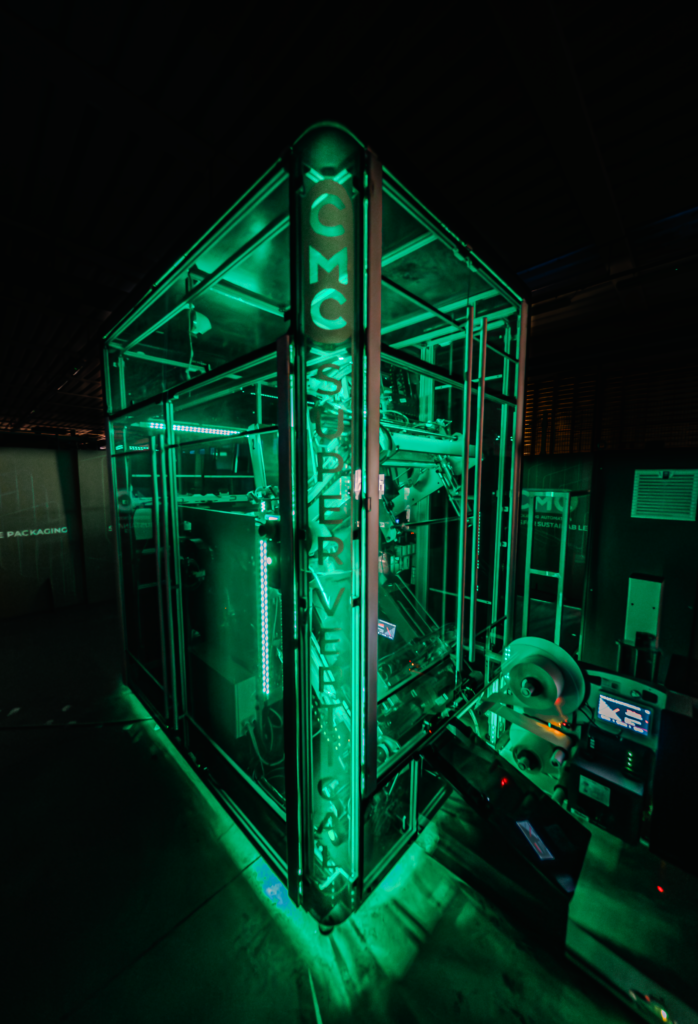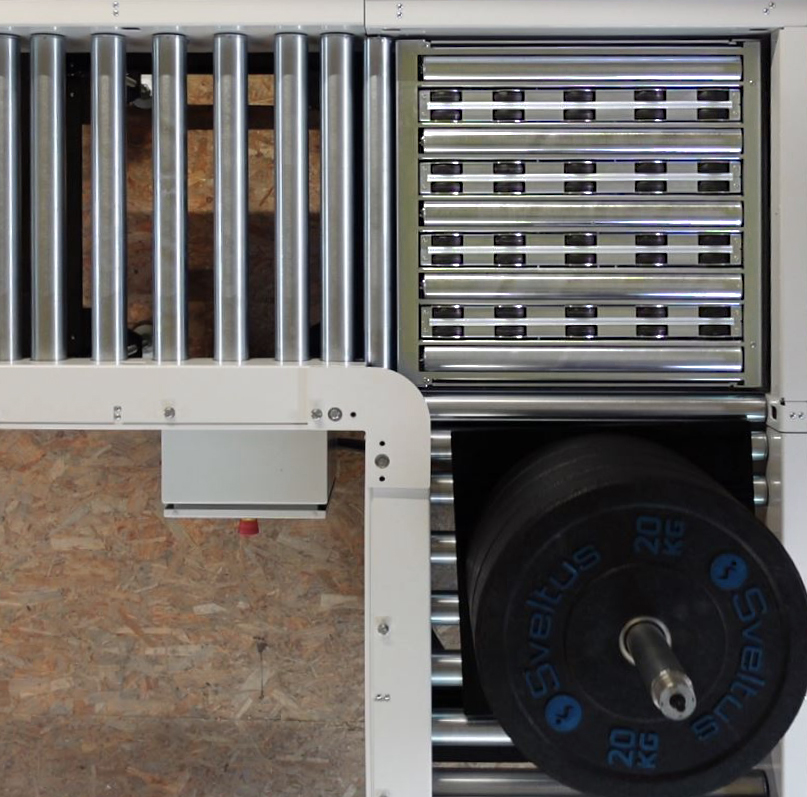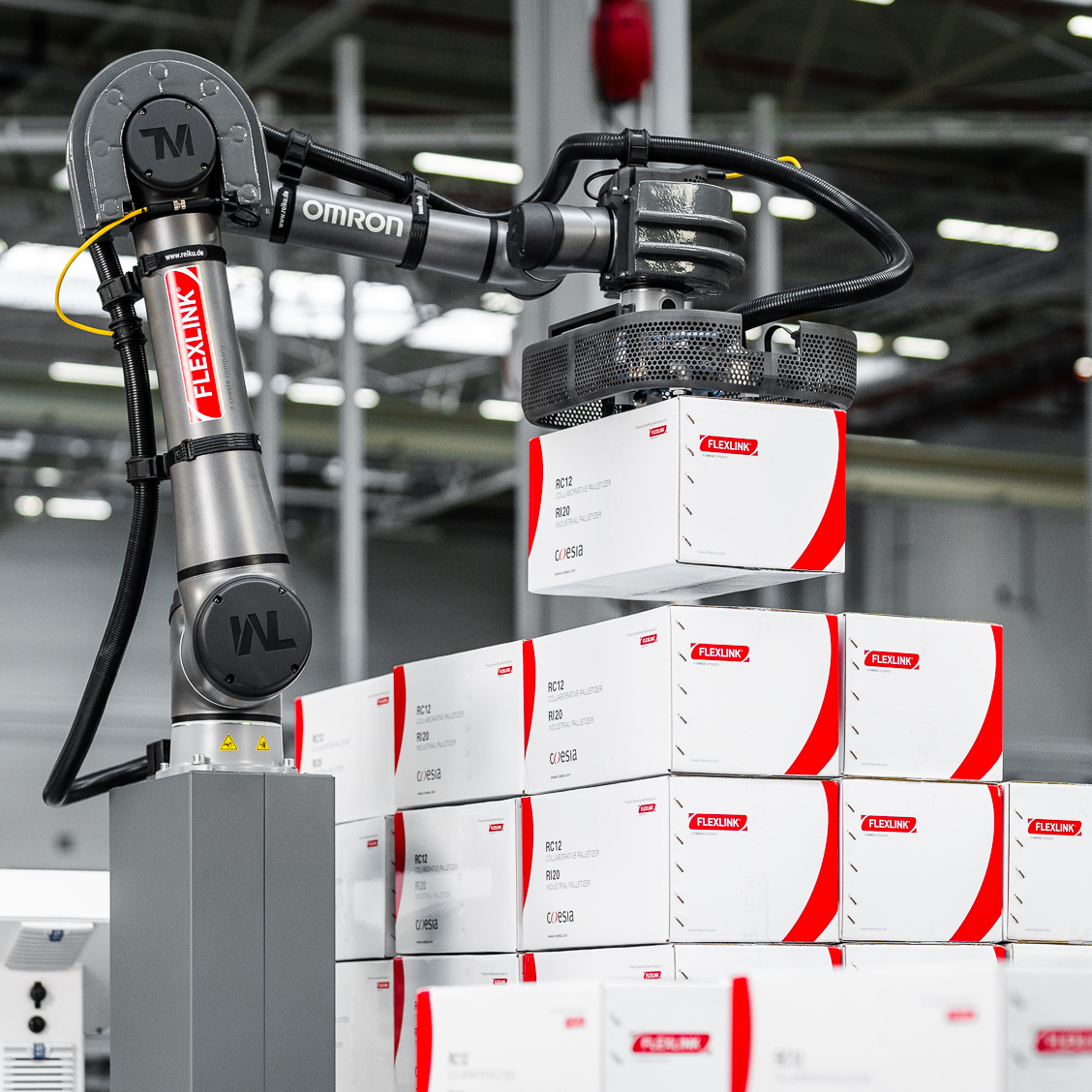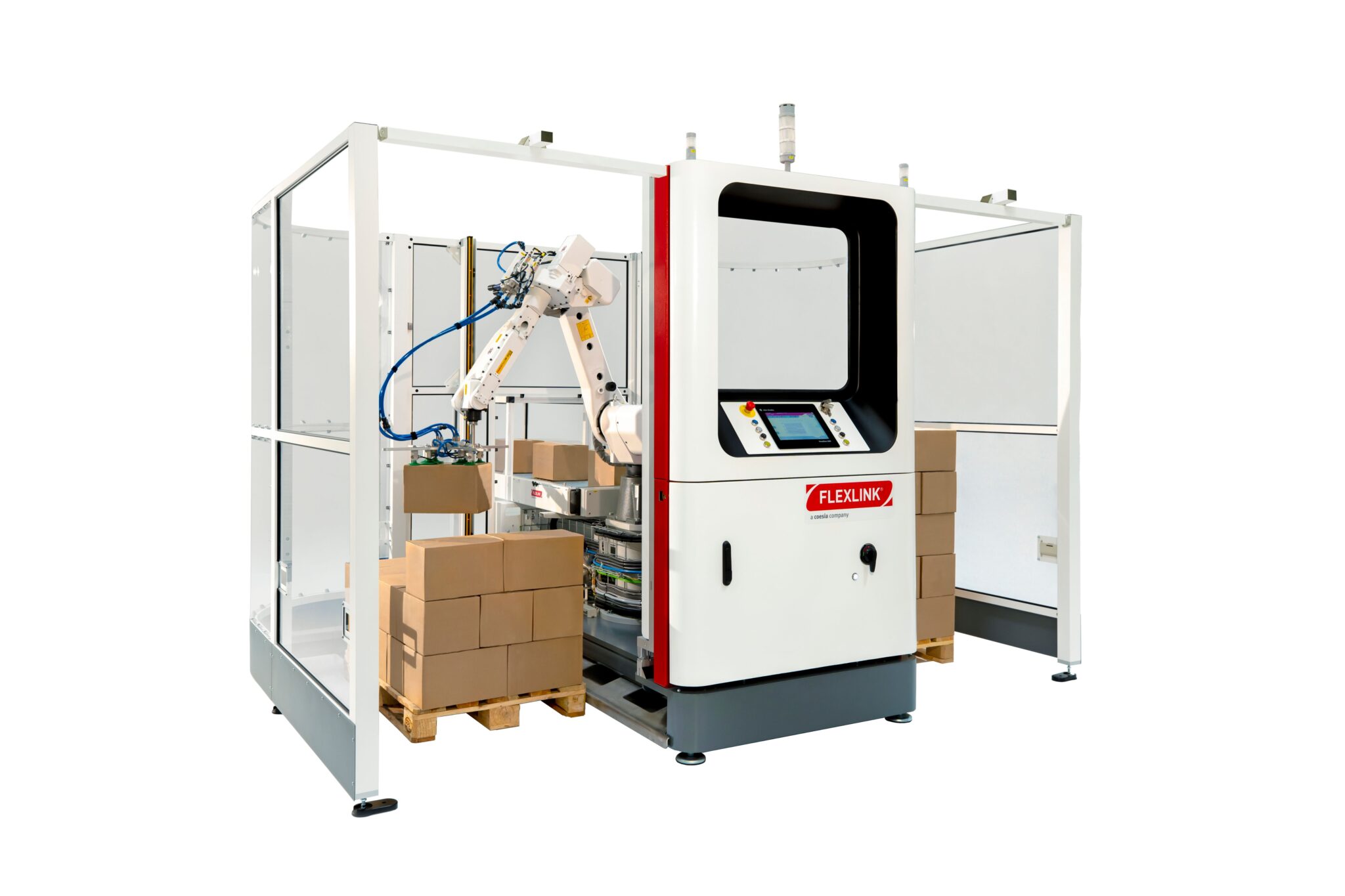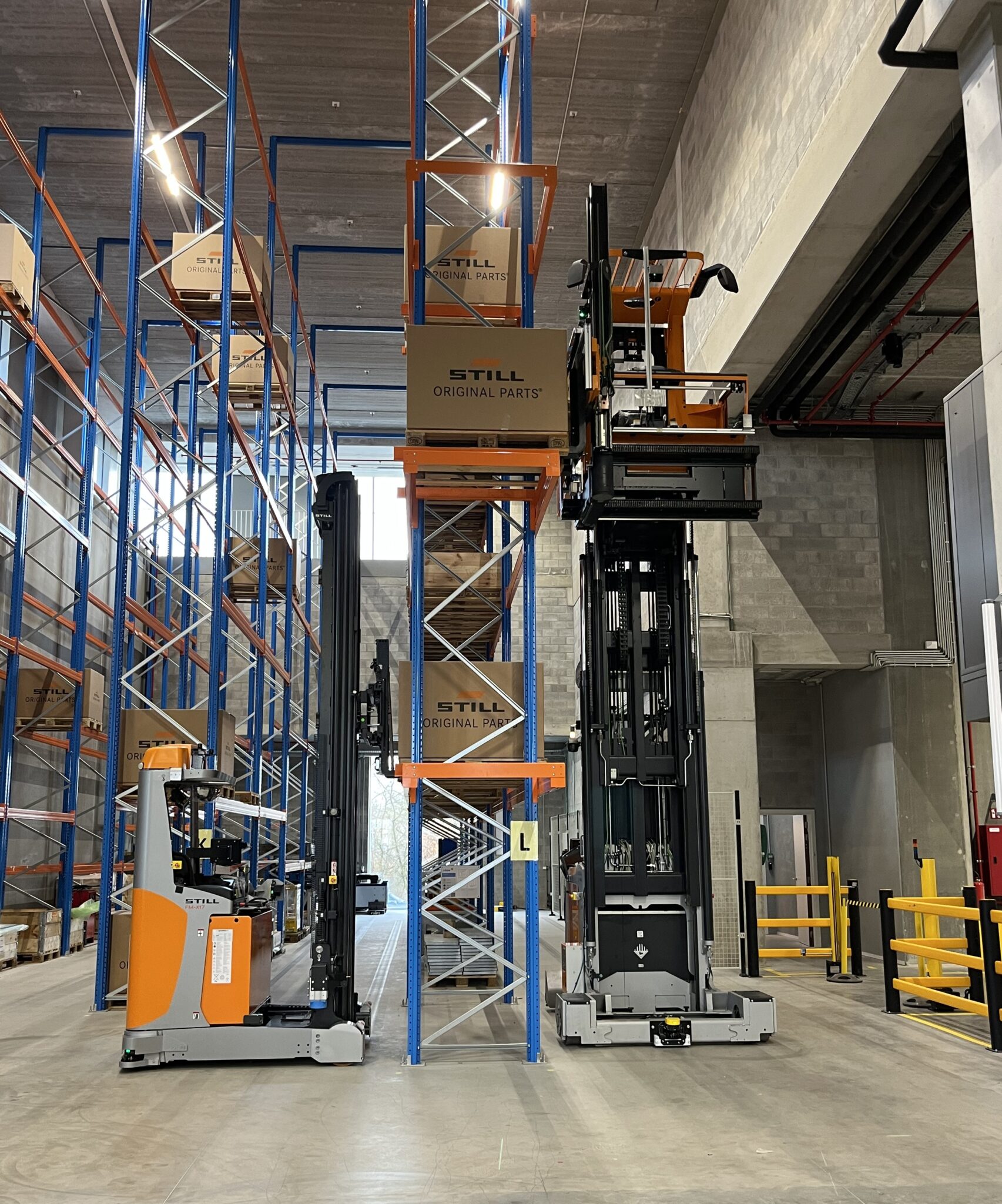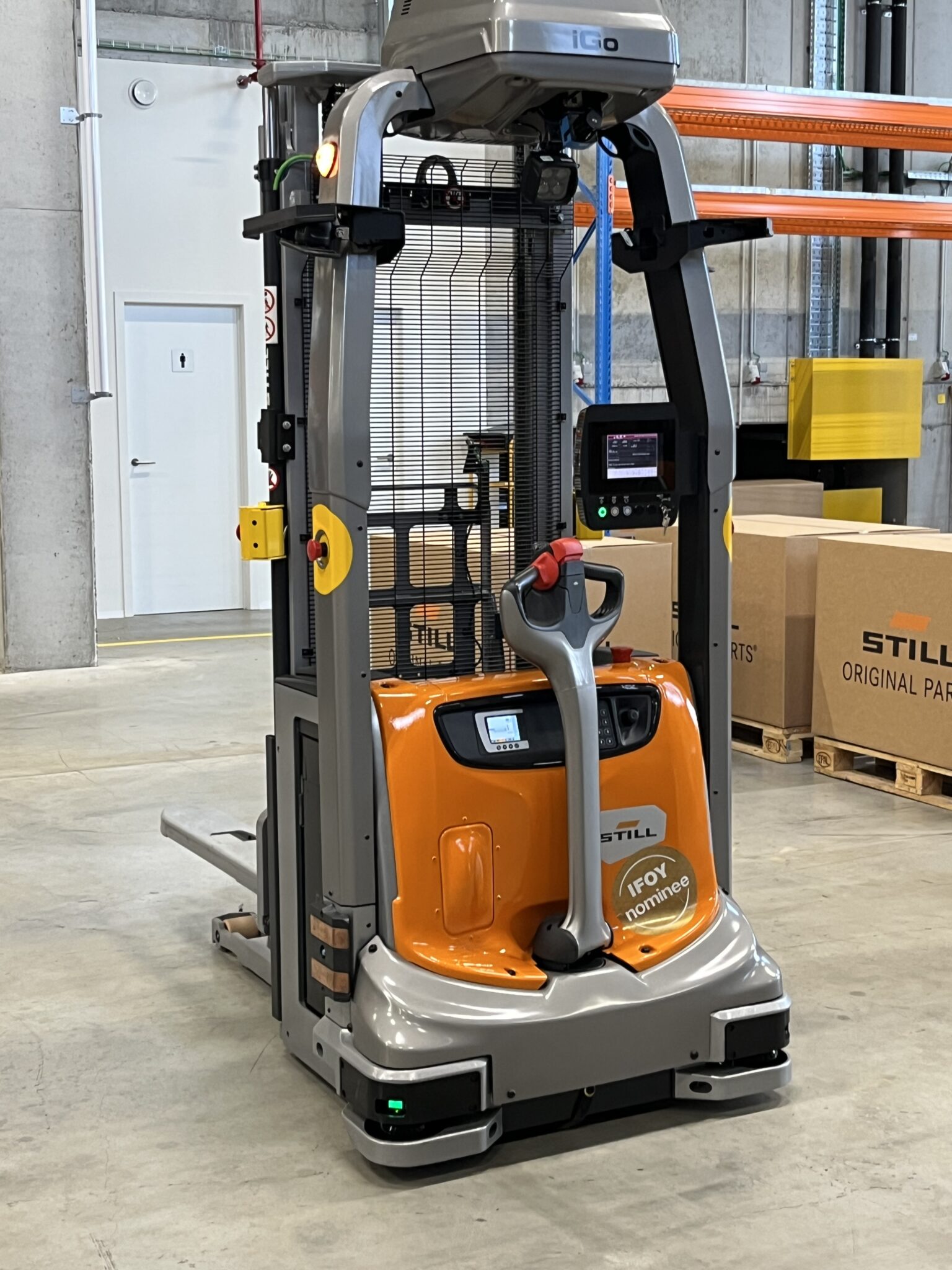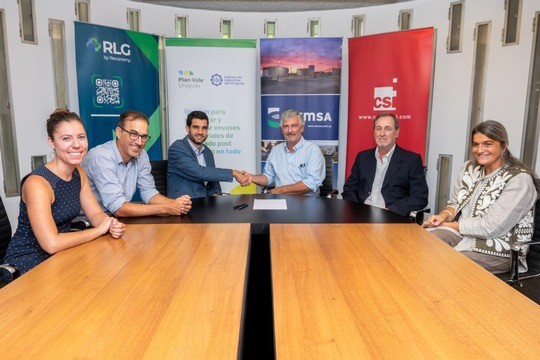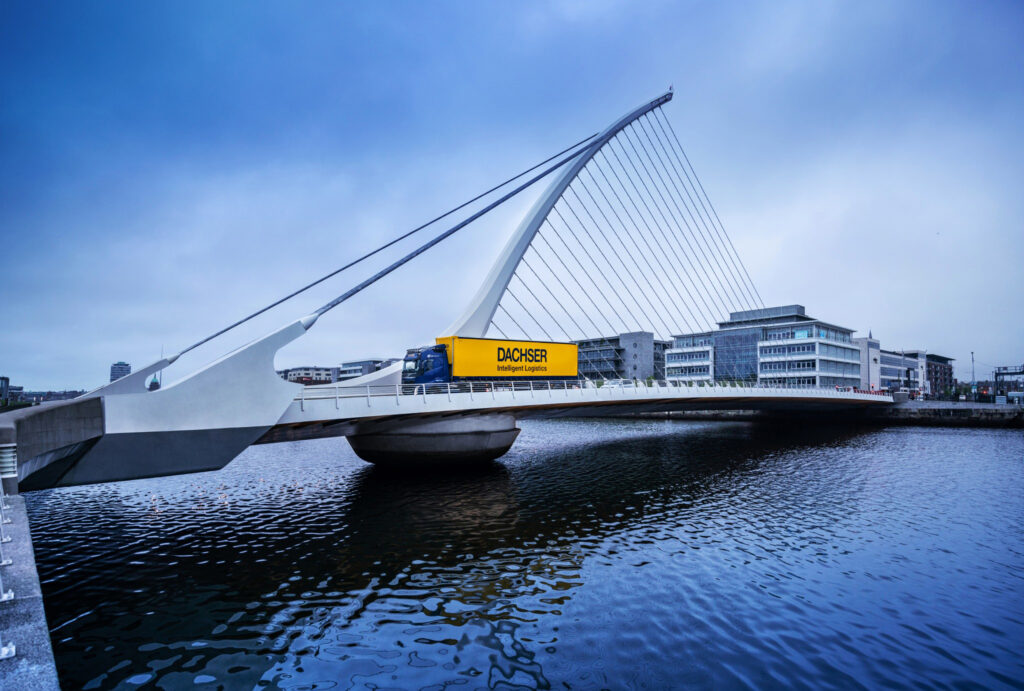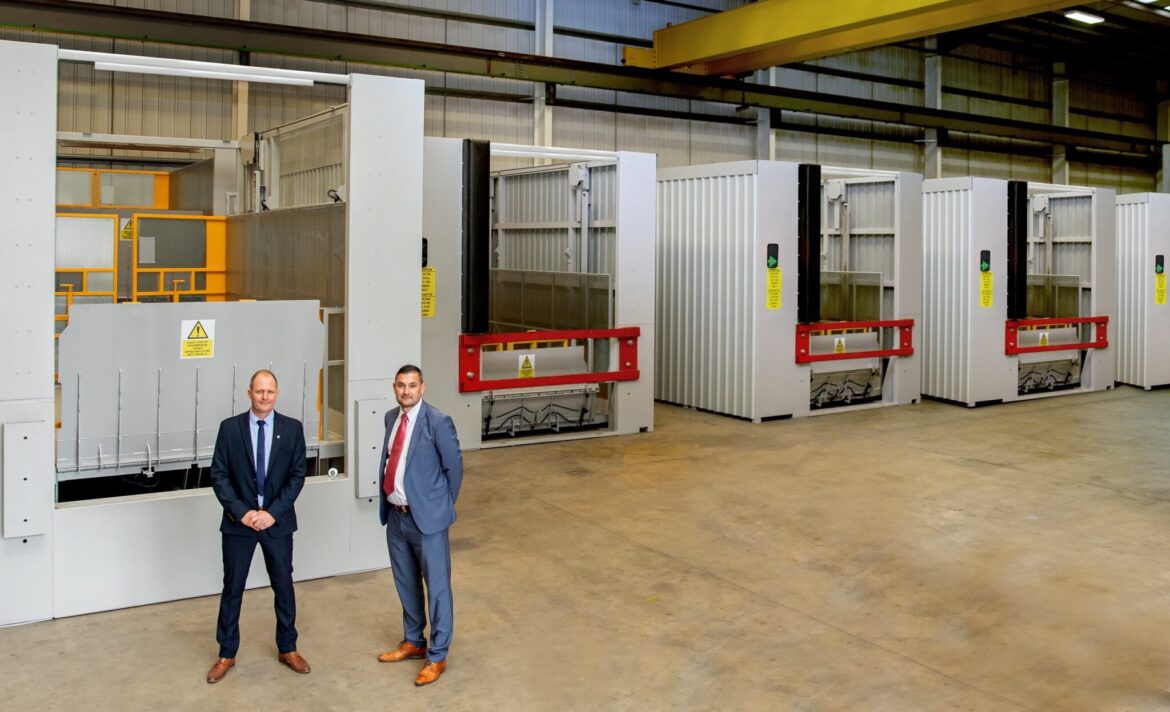In this episode of our podcast, Logistics Business Conversations, Peter MacLeod sits down with Damon He from SEER Robotics to discuss the evolving relationship between humans and robots in warehouse operations. As automation reshapes logistics, Damon sheds light on how robotics enhances, rather than replaces, human roles, creating a more efficient and safer working environment. He highlights that robots don’t eliminate jobs but instead restructure them—allowing workers to focus on higher-value tasks such as robot maintenance, programming, and data analysis.
Key Topics Discussed:
✅ Robots as Collaborators, Not Replacements – How automation supports human workers by taking over repetitive, physically demanding, and hazardous tasks.
✅ Job Creation Through Robotics – Why the introduction of mobile robots doesn’t mean job losses, but instead creates opportunities for higher-skilled roles.
✅ Safety & Efficiency Gains – How robotics reduces workplace injuries, improves accuracy, and enhances productivity.
✅ The Role of AI in Future Warehouses – Damon’s insights on AI-driven robotics and its potential to further optimize logistics operations.
✅ Steps to Automation – Practical advice for businesses looking to integrate robotics, starting with small-scale pilot projects before scaling up.
“It’s time to welcome robots, not resist them.” – Damon He
Listen Now – Available on all major podcast platforms. Don’t forget to subscribe to Logistics Business Conversations for the latest insights from industry leaders!
Humans and Robots
March marks a major milestone for SEER Robotics, as the smart logistics company gears up to showcase its latest intelligent robotics solutions at two of the world’s most influential logistics exhibitions—LogiMAT Stuttgart and ProMat Chicago.
As a global supplier of intelligent robotics controllers, SEER Robotics will present a comprehensive line-up of hardware and software solutions built around its industry-leading SRC series controllers, highlighting its cutting-edge automation technologies and innovation-driven capabilities.
With a commitment to localization and adaptability, SEER Robotics tailors its solutions to meet the unique needs of different markets, driving the intelligent transformation of global logistics. Visitors to LogiMAT and ProMat will witness region-specific solutions that have already been deployed by world-renowned enterprises, including Schneider Electric, Philips, Hisense, Haier, Gree, Bosch, Volkswagen, ABB, Walmart, and many more.
Where to Find SEER Robotics
LogiMAT 2025 | March 11-13 | Stuttgart, Germany | Hall 8, Booth 8D77
Showcasing: SRC controllers, intelligent stacker forklifts (SFL-CDD14-CE & SFL-CDD15-CE), pallet trucks (SFL-CBD15-CE), single-arm forklifts (SOF-300EU), RDS resource scheduling system, and visualization products.
ProMat 2025 | March 17-20 | Chicago, USA | Lakeside Hall, Booth E12013
Showcasing: SRC controllers, rotary lifting AMRs (SJV-SW600), single-arm forklifts (SOF-300EU), reach trucks (SSR-1400), RDS resource scheduling system, M4 QuickGo application, and visualization products.
similar news

